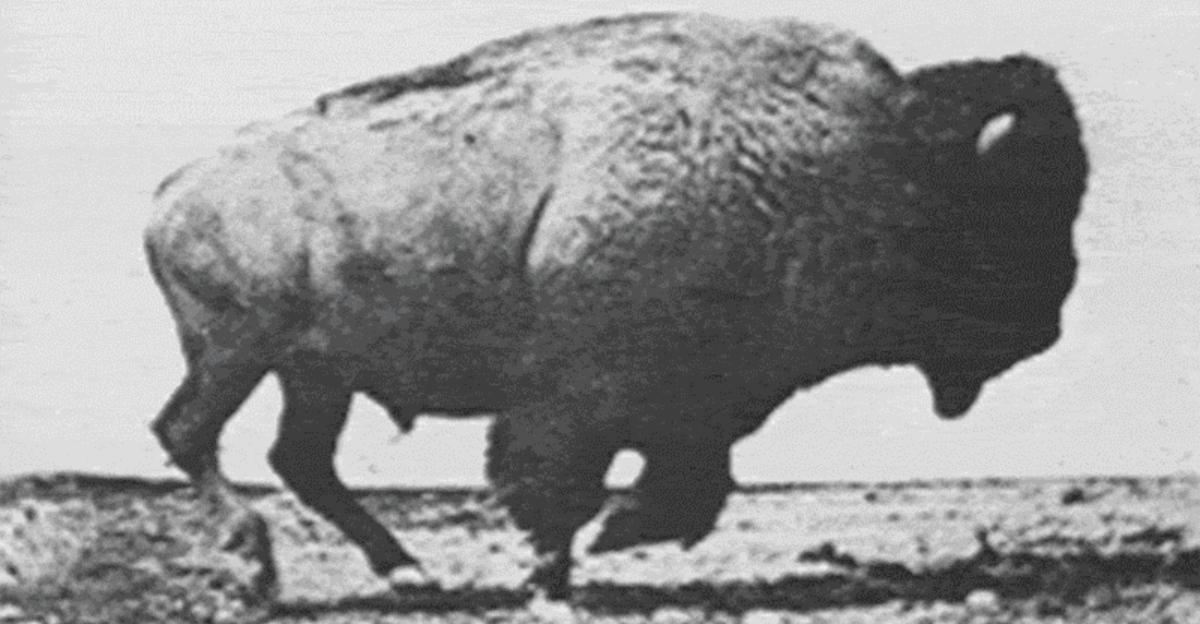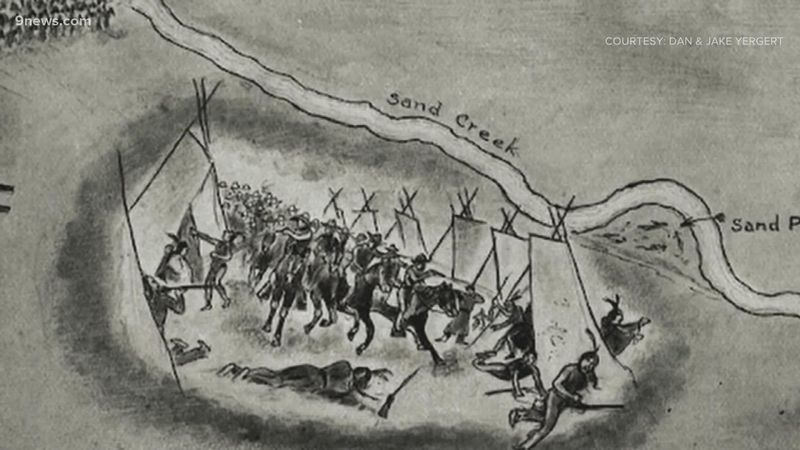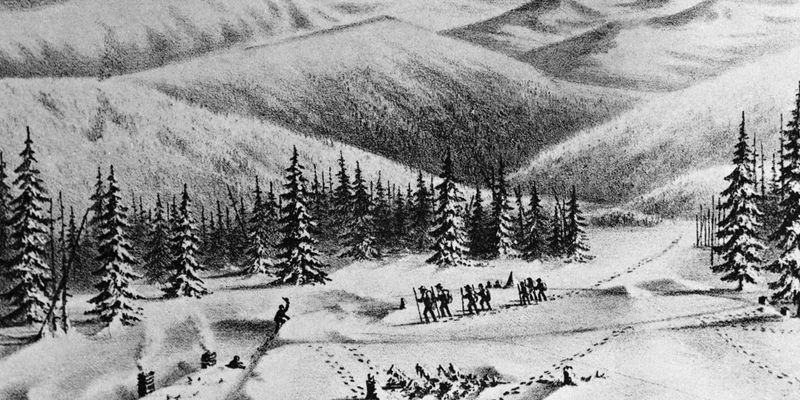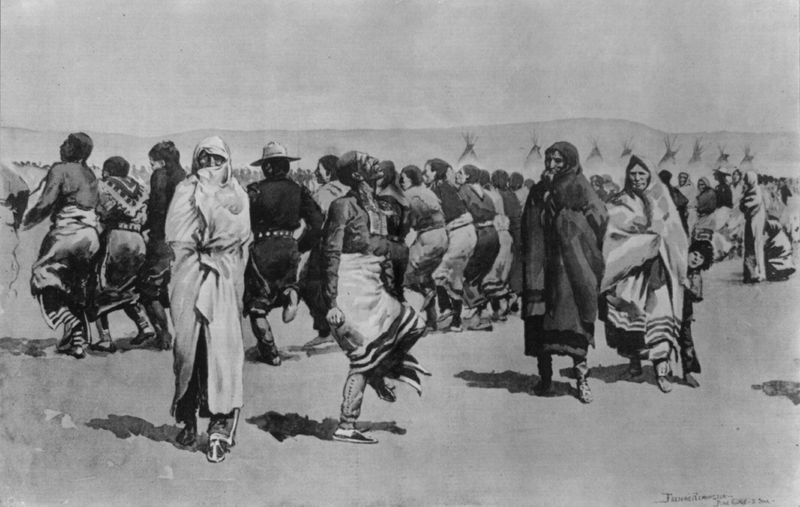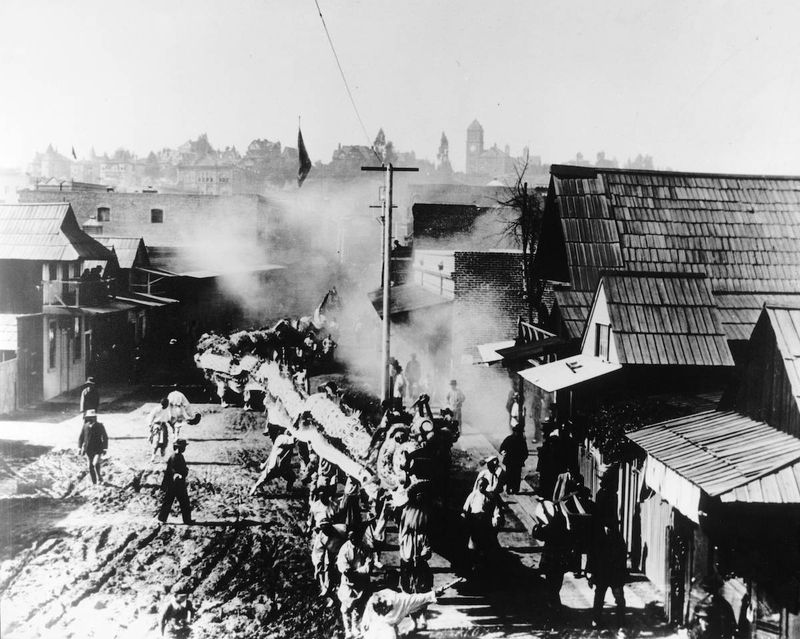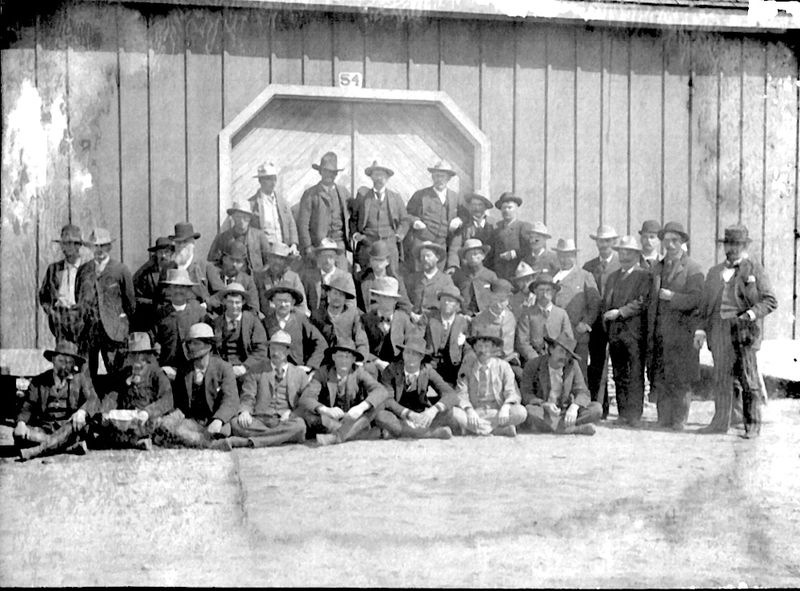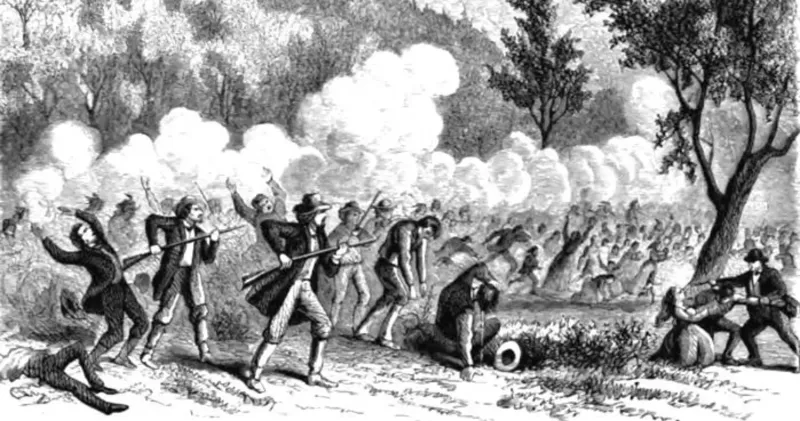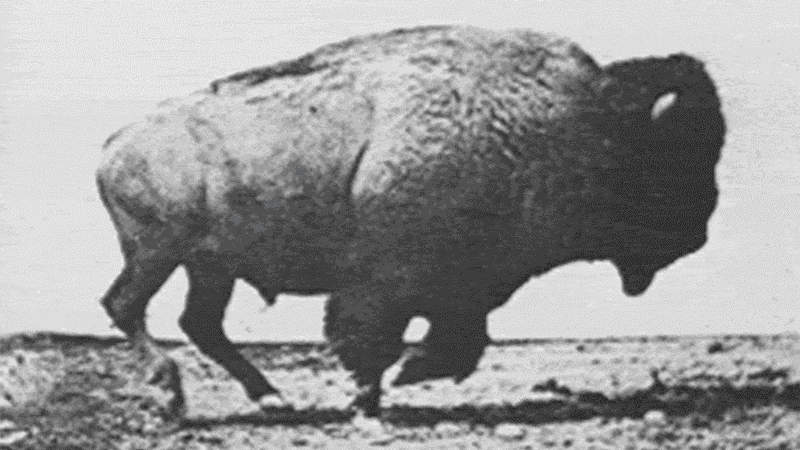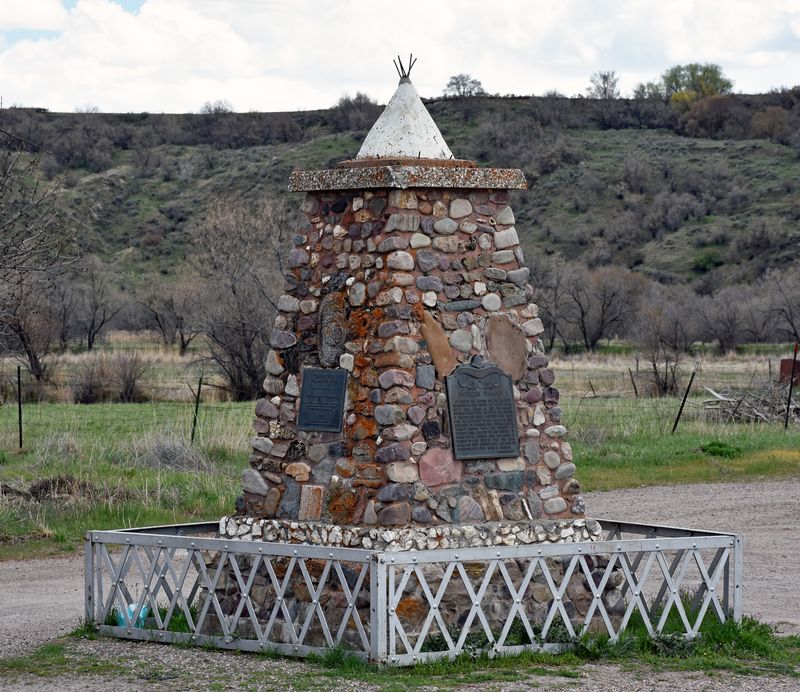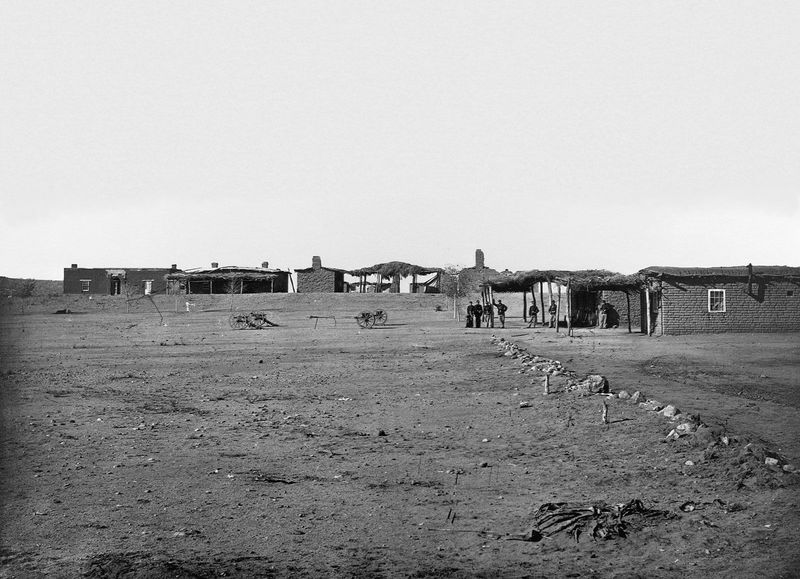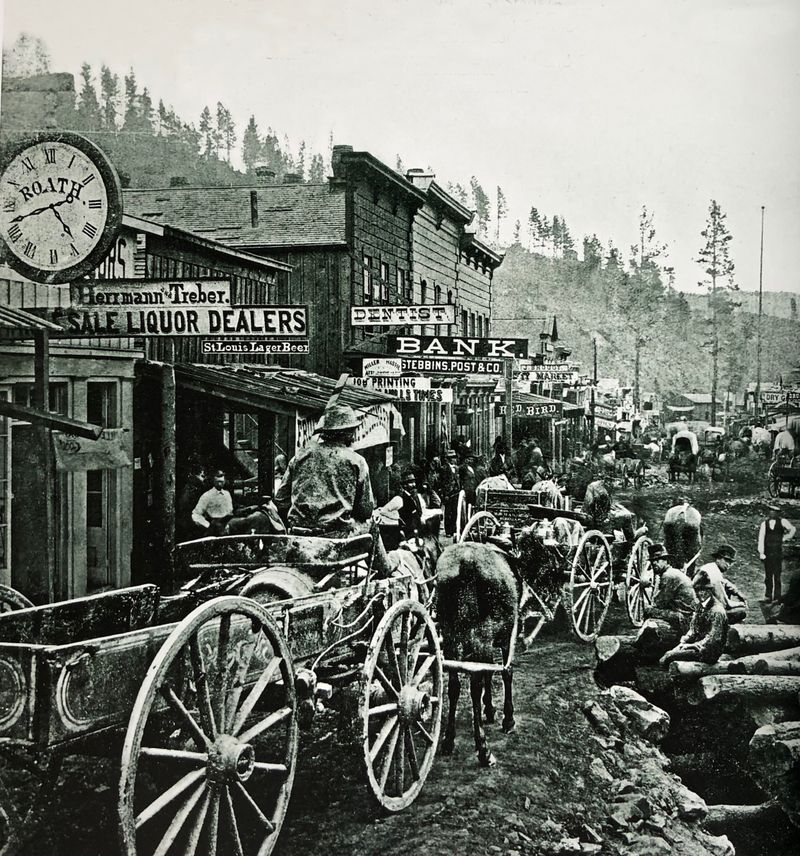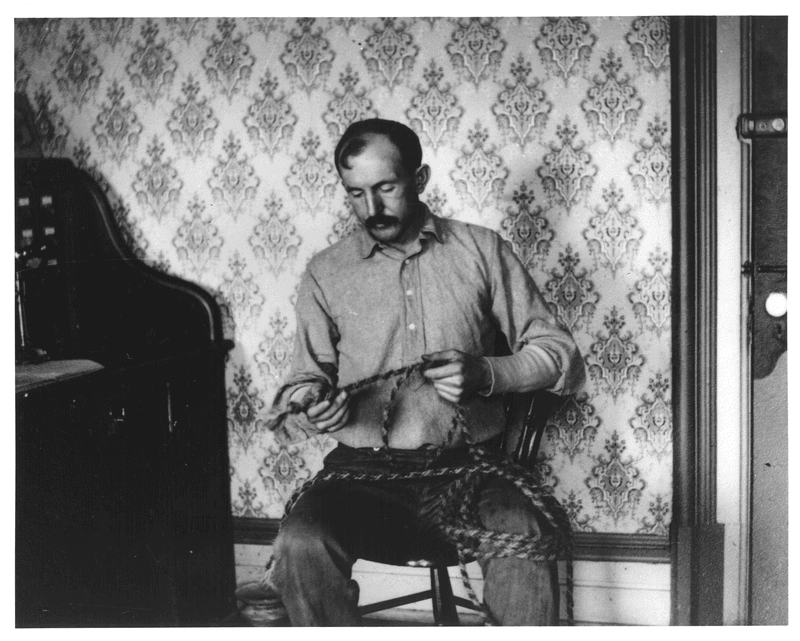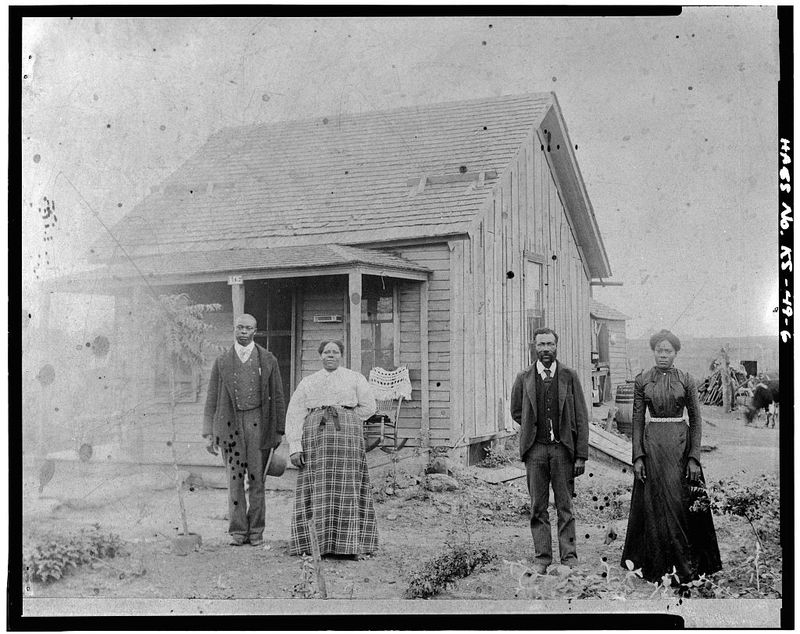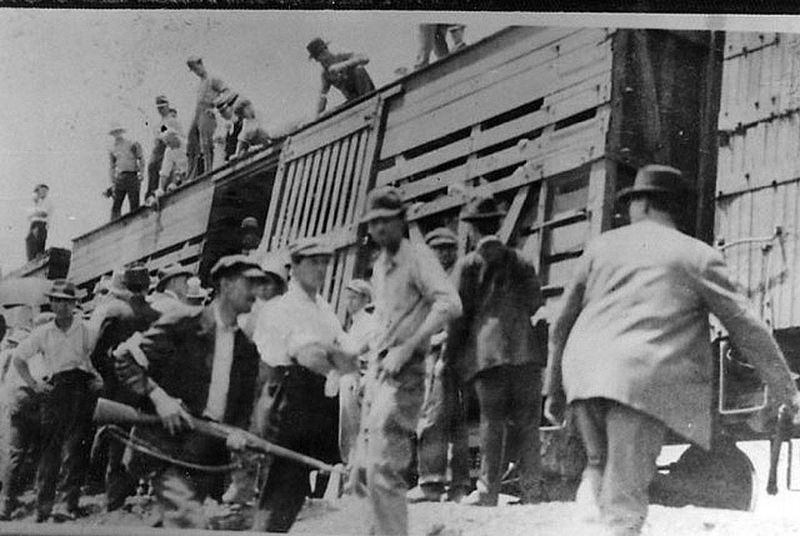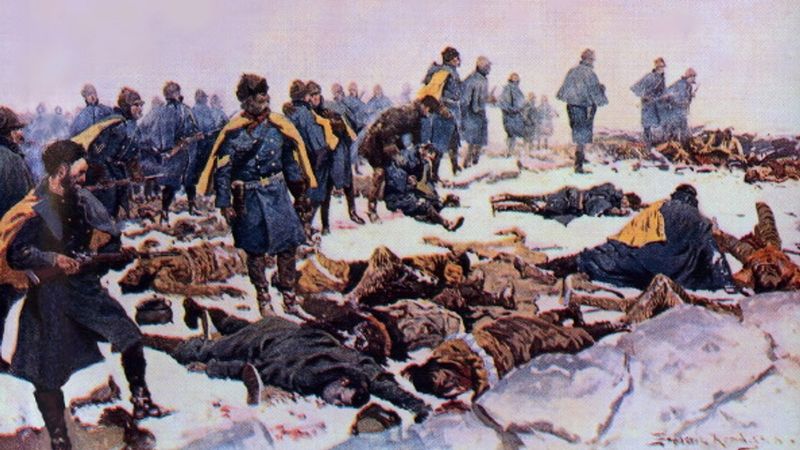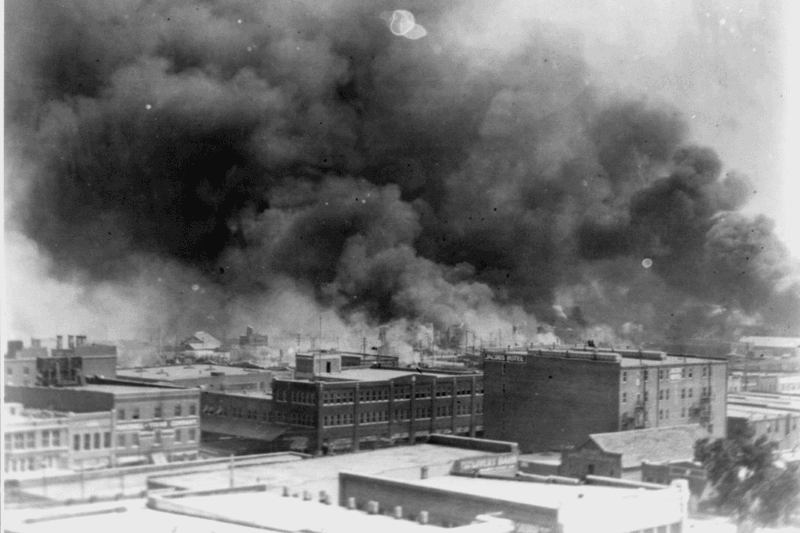The American Wild West wasn’t just about cowboys and gold rushes. Behind the romanticized tales of frontier life lay countless tragedies that shaped the nation’s history. These devastating events reveal the darker side of westward expansion, where violence, disease, and environmental disasters claimed thousands of lives. The human cost of ‘taming the frontier’ was staggering, with many victims’ stories forgotten or deliberately erased from popular history.
1. The Sand Creek Massacre
Blood stained the Colorado snow on November 29, 1864, when Colonel John Chivington led 700 militia volunteers in an unprovoked attack on a peaceful Cheyenne and Arapaho village. Despite flying white surrender flags, over 230 Native Americans—mostly women, children, and elders—were slaughtered.
Soldiers didn’t just kill; they collected gruesome trophies, including scalps and other body parts. Chief Black Kettle, who had negotiated peace with territorial officials, survived, but his wife was shot nine times.
The massacre sparked decades of warfare across the Plains. Congress condemned the attack as a ‘massacre,’ yet Chivington never faced criminal charges, highlighting the era’s brutal injustice toward Native peoples.
2. The Donner Party’s Desperate Winter
Dreams of California gold turned into a frozen nightmare for the Donner Party in 1846. Taking a shortcut through the Sierra Nevada mountains, 87 pioneers became trapped by early winter snowstorms, running out of food as 20-foot snowdrifts made escape impossible.
Starvation drove survivors to the unthinkable. After eating oxen, dogs, and boiled leather, the desperate settlers resorted to cannibalism, consuming the bodies of those who had already died.
Rescue parties didn’t reach the stranded travelers until February 1847. Only 48 members survived the ordeal, forever haunted by what they’d endured. Their tragic story became a cautionary tale about the deadly consequences of poor planning on the frontier.
3. Wounded Knee: The Final Massacre
December 29, 1890 marked one of America’s darkest days. U.S. Cavalry surrounded a Lakota Sioux encampment near Wounded Knee Creek in South Dakota to disarm the tribe. When a deaf tribesman hesitated to surrender his rifle, soldiers opened fire.
The military’s new Hotchkiss guns—early machine guns—tore through the camp, killing men, women, and children indiscriminately. Bodies of fleeing Lakota were found scattered across miles of frozen prairie, some as far as three miles from the massacre site.
More than 300 Sioux died that day, including at least 90 women and children. The massacre effectively ended armed Indigenous resistance to white expansion, closing a bloody chapter in America’s frontier history.
4. Los Angeles’ Forgotten Chinese Massacre
Racial hatred exploded into violence on October 24, 1871, when a white mob stormed Los Angeles’ small Chinatown after a policeman was accidentally killed during a Chinese tong dispute. What followed was California’s bloodiest lynching.
Rioters dragged Chinese residents from their homes and businesses, beating them before hanging them from makeshift gallows. One victim was just 15 years old. The mob looted $40,000 worth of valuables from Chinese homes—equivalent to over $800,000 today.
Eighteen Chinese immigrants died that night. Though eight rioters were convicted, their convictions were later overturned on technicalities. The tragedy revealed the intense anti-Asian sentiment that plagued the developing West, a prejudice often missing from frontier tales.
5. Johnson County’s Bloody Range War
Wyoming’s open ranges became killing fields in 1892 when wealthy cattle barons declared war on small ranchers they accused of rustling. The Wyoming Stock Growers Association hired 50 gunmen—including famous shooters like Frank Canton—to eliminate 70 settlers on their “death list.”
The hired guns murdered ranchers Nick Ray and Nate Champion at the KC Ranch before local citizens fought back. Armed homesteaders surrounded the invaders at the TA Ranch, forcing a three-day standoff that ended only when U.S. Cavalry intervened.
Remarkably, not one cattleman or hired gun served prison time. The conflict revealed how Wyoming’s elite controlled both legal and illegal violence, using deadly force to protect their business interests against ordinary settlers.
6. Mountain Meadows’ Dark Deception
Terror struck a California-bound wagon train in September 1857 when local Mormon militiamen disguised as Native Americans attacked the Baker-Fancher party in southern Utah. After a five-day siege, militia leader John D. Lee approached the exhausted emigrants with a false offer of safe passage.
Accepting the deal, the Arkansas settlers laid down their weapons and split into groups. At a prearranged signal, the militiamen executed all men and older boys, while their Native American allies killed some women and children. Only 17 young children were spared.
Though Brigham Young’s exact role remains disputed, the massacre claimed approximately 120 lives. Twenty years later, Lee became the only person executed for the crime, while other participants went unpunished for one of the West’s most treacherous betrayals.
7. The Great Buffalo Slaughter
America’s most devastating environmental crime unfolded across the Great Plains during the 1870s and 1880s. Professional hunters, encouraged by the U.S. government, systematically exterminated the continent’s bison herds—killing for hides while leaving carcasses to rot.
Hunters like Buffalo Bill Cody could kill over 100 animals daily using powerful new rifles. Railroad companies offered hunting excursions where passengers shot bison from train windows for sport. The slaughter served dual purposes: supplying Eastern leather markets and deliberately starving Plains tribes into submission.
From an estimated 30 million bison, fewer than 1,000 remained by 1889. The near-extinction destroyed Indigenous food systems, forced tribal surrenders, and forever altered the Plains ecosystem, marking one of history’s most effective campaigns of environmental warfare.
8. Bear River’s Forgotten Atrocity
Before dawn on January 29, 1863, Colonel Patrick Connor led 200 California volunteers against a Northwestern Shoshone winter camp along Idaho’s Bear River. What began as a military engagement quickly descended into a one-sided slaughter of unprecedented scale.
Soldiers shot fleeing women and children, bayoneted the wounded, and smashed infants’ heads against rocks. Women who resisted rape were killed. The freezing river ran red with blood as desperate Shoshone tried escaping across it.
Between 400-500 Shoshone died that day—making it numerically the deadliest Native American massacre in U.S. history. Yet unlike other atrocities, Bear River remains largely forgotten in American consciousness, overshadowed by the Civil War that raged simultaneously in the East.
9. Camp Grant’s Shocking Daybreak Attack
Morning sunlight revealed unspeakable horror at Camp Grant, Arizona on April 30, 1871. While Apache families slept under U.S. Army protection, a vigilante force of Tucson citizens, Mexican-Americans, and rival Tohono O’odham warriors descended on their camp.
The attackers specifically targeted women and children while most Apache men were away hunting. Victims were brutally clubbed, shot, and hacked to death. Approximately 144 Apaches died—mostly women—and 29 children were captured and sold into slavery in Mexico.
Despite nationwide outrage, an Arizona jury took just 19 minutes to acquit all 104 defendants. President Grant threatened to impose martial law on Arizona Territory but never followed through. The massacre destroyed Apache leader Eskiminzin’s trust in American peace offers, fueling decades more warfare.
10. Deadwood’s Deadly Epidemic
Gold fever drew thousands to Dakota Territory’s Black Hills in 1876, but something far deadlier followed—smallpox. The disease swept through crowded mining camps where drinking, gambling, and prostitution created perfect conditions for contagion.
Makeshift hospitals overflowed with suffering victims covered in painful pustules. The town’s famous cemetery on Mount Moriah quickly filled with fresh graves. Wild Bill Hickok’s funeral procession passed buildings marked with yellow quarantine flags.
Native communities suffered disproportionately, lacking immunity and access to medical care. Many survivors bore facial scars for life. The epidemic demonstrated how disease, more than bullets, shaped Western development, killing hundreds in boomtowns where medical knowledge remained primitive and sanitation nonexistent—a grim reality absent from romanticized frontier narratives.
11. The Controversial Hanging of Tom Horn
Wyoming’s most famous execution took place November 20, 1903, when Tom Horn—scout, interpreter, Pinkerton detective, and alleged assassin—dropped through the gallows trapdoor. His conviction for killing 14-year-old Willie Nickell rested on a confession obtained while Horn was drunk.
Many believed Horn was framed by powerful cattlemen who once employed him to eliminate rustlers but now feared his knowledge of their illegal activities. His final words—”I have nothing to say”—only deepened the mystery surrounding his guilt.
Horn’s case exposed the frontier’s fading vigilante justice system. Wyoming used a controversial “automatic gallows” for his execution, designed to absolve any single person from responsibility for his death. The contraption failed to work properly three times before finally ending Horn’s controversial life.
12. The Exodusters’ Broken Dreams
Hope drove thousands of formerly enslaved Black Americans westward during the 1870s “Exoduster” movement. Fleeing post-Reconstruction violence and discrimination, these pioneers sought freedom in Kansas, where John Brown had once fought against slavery.
Reality proved brutally harsh. Arriving with few resources, Black homesteaders faced extreme weather, poor soil, and racial violence from white settlers. Entire families lived in dugouts carved from hillsides, battling prairie fires, locust swarms, and devastating droughts.
Many communities ultimately failed. Nicodemus, Kansas—once a thriving Black settlement—lost most residents when railroad companies deliberately bypassed the town. Though some persevered against impossible odds, thousands returned east, their prairie dreams shattered by nature’s cruelty and America’s enduring racism, their struggles largely erased from frontier mythology.
13. Bisbee’s Brutal Deportation
July 12, 1917 began with armed vigilantes rounding up 1,200 striking copper miners in Bisbee, Arizona. The miners—mostly Mexican and European immigrants—had demanded safer working conditions and an end to wage discrimination from the powerful Phelps Dodge Corporation.
At gunpoint, the workers were marched to railroad cattle cars, denied food and water during the 16-hour journey, and abandoned in the New Mexico desert near Columbus. Left without supplies in 100-degree heat, the deportees would have died if not for a nearby Army camp that provided emergency assistance.
No one was ever punished for this corporate-sponsored kidnapping. The miners were blacklisted, their families left destitute. Though technically occurring after the frontier’s close, the Bisbee Deportation revealed how Wild West vigilantism persisted well into the 20th century when powerful interests were threatened.
14. Fort Robinson’s Desperate Escape
Freedom seemed worth any price to 149 Northern Cheyenne prisoners at Fort Robinson, Nebraska in January 1879. After fleeing their disease-ridden reservation in Indian Territory (Oklahoma), the group had surrendered but refused to return south.
When military authorities cut off food, water, and firewood during bitter winter weather, the Cheyenne made a desperate choice. On January 9, they broke windows and doors, using hidden weapons to fight their way out of barracks into the snowy night.
Soldiers pursued the escapees for two weeks across frozen countryside. At least 64 Cheyenne, including women and children, were shot down or died from exposure. The survivors’ story of determination against impossible odds represents one of the final desperate acts of Native resistance during the frontier period.
15. Tulsa’s Burning of Black Wall Street
America’s most prosperous Black community went up in flames on May 31, 1921. After a Black teenager was falsely accused of assaulting a white elevator operator, thousands of white Tulsans invaded the Greenwood District—then known as “Black Wall Street” for its remarkable economic success.
The mob didn’t just shoot residents; they deployed private aircraft to drop firebombs on buildings. When Black veterans defended their neighborhood, police deputized white attackers, providing them with weapons. The National Guard arrested Black residents rather than protecting them.
Over 35 city blocks were burned to the ground. At least 300 Black Tulsans died, with thousands more left homeless. Though occurring just after the frontier period officially ended, the massacre represented the culmination of racial violence that characterized the Western expansion era.
